If you’re looking for methods to block websites on Safari using your iOS device, you’re in the right place.
As a parent, it’s impossible to be present all the time to oversee your children’s online activities. Thankfully, Apple offers a comprehensive set of tools that will let you control and restrict access to certain content on Safari.
In this article, we will discuss two ways to block websites on Safari on iOS devices. We will cover how to do it using Screen Time, content blockers, and manually blocking website access.
How does Safari block websites?
Blocking websites using Safari requires the right skills and tools for effective implementation. In this section, you’ll learn everything you need to know about blocking fraudulent sites, content, and parental control setting:
Fraudulent Website Warning
Safari is designed to protect you from fraudulent websites, which scammers or hackers can use to steal your personal information. Safari automatically alerts you when you visit an identified fraudulent website to ensure this protection. You can also enable the Fraudulent Website Warning feature to further protect yourself by blocking any website suspected of fraud.
Safari Content Blockers
Extensions and third-party apps that enable users to use Safari to block images, websites, pop-ups, and resources. These content blockers are designed to protect you by preventing access to malicious websites, tracking scripts, and other suspicious content.
They work by allowing you to enter URLs or keywords of websites that you want to block. Once Safari detects these sites, it will automatically block them from being accessed on your device. To use content blockers, you must first download and install a content blocker from the App Store.
Manual Blocking of Website Access
You can access the Restrictions menu on your iOS device to block websites manually. Once in the Restrictions menu, you can set up content restrictions that prevent access to specific websites or sites with certain keywords. The website blocking feature also lets you create a list of allowed sites, the only websites that can be accessed on your device.
Parental Control Settings
Apple’s parental control settings allow parents to restrict and monitor their children’s online activities. This includes setting time limits, blocking access to certain websites, and setting age-appropriate content restrictions. Parents can also control which apps their children can use and monitor their activity.
Use FlashGet Kids to help you fix it all.
How to block websites on Safari on iPhone and iPad?
In this section, you’ll learn how to block specific and adult content websites to ensure youngsters have a significant digital presence.
How to block specific websites on Safari on iPhone and iPad?
If you have identified specific websites you disapprove of your kids interacting or spending most of their time on, you need to find a way to block them. Fortunately, this section has all the steps necessary to ensure you effectively block websites:
1. Go to the settings on your device.
2. Click on “Screen Time” to proceed.
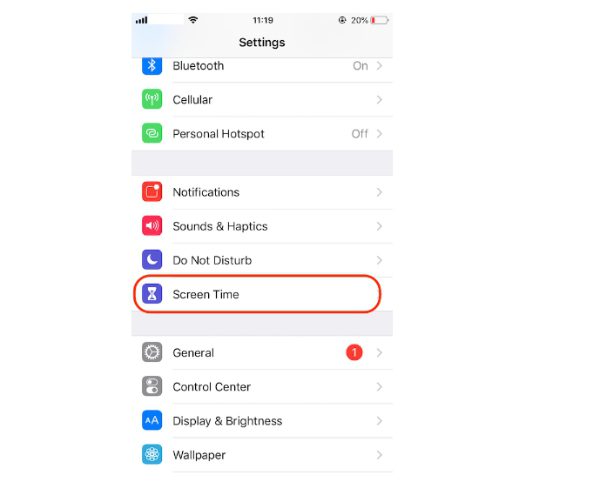


3. Now select “Content and Privacy Restrictions.”
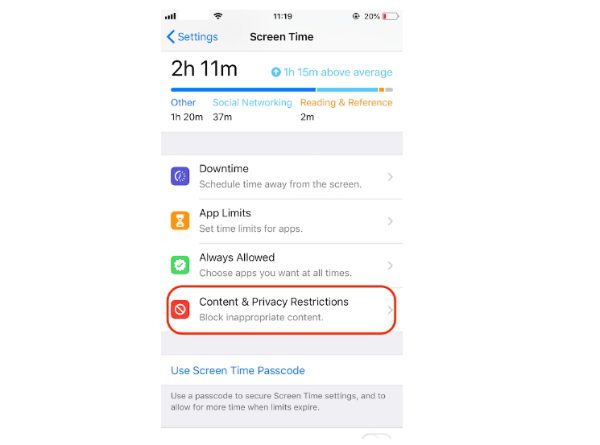


4. Ensure you toggle the content and privacy section.
5. Choose “Content Restrictions.”



6. Now move to “Web Content.”
7. Click on “Limit Adult Website.”
8. Never allow > “Add a Website.”
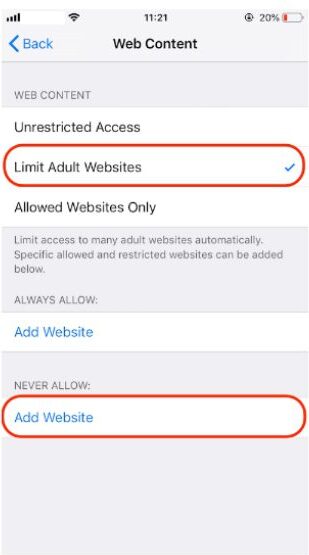


9. Insert the URL of the website to be blocked.
10. Now from the top corner, click back to complete the process.
How to block adult content websites on Safari on iPhone and iPad?
Kids accessing adult content is a worrying aspect for most parents, which they try to prevent. These websites contain materials and content unfit for kids’ general well-being. As such, you need to identify ways you can block them immediately. Below are a few steps to help you block adult content on your iOS device:
1. Head over to the setting on your iPad or iPhone.
2. Click on “Screen Time”



3. Now choose “Content And Privacy Restrictions.”



4. Tap on Content Restrictions > “Web Content”> for more options > “Limit Adult Websites.”



How to block everything and whitelist only specific sites in Safari for iPhone and iPad?
Sometimes you only need kids to stick to the content you have highlighted for them and not maneuver to inappropriate websites. That means you can switch off everything and only allow certain content whenever you deem fit. Here are a couple of ways to help you block everything and whitelist only specific sites:
1. Go to the setting on your iPad on iPhone device.
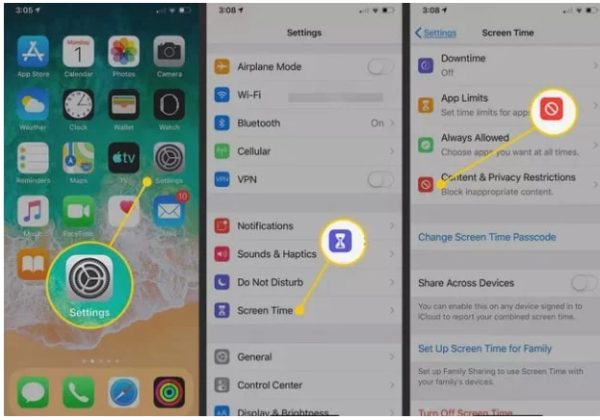


2. From there, select “Screen Time.” to proceed.
3. Now click on “Content Restrictions.”
4. Turn on the “Content And Privacy Restrictions” box.
5. Move to “Content Restriction.”
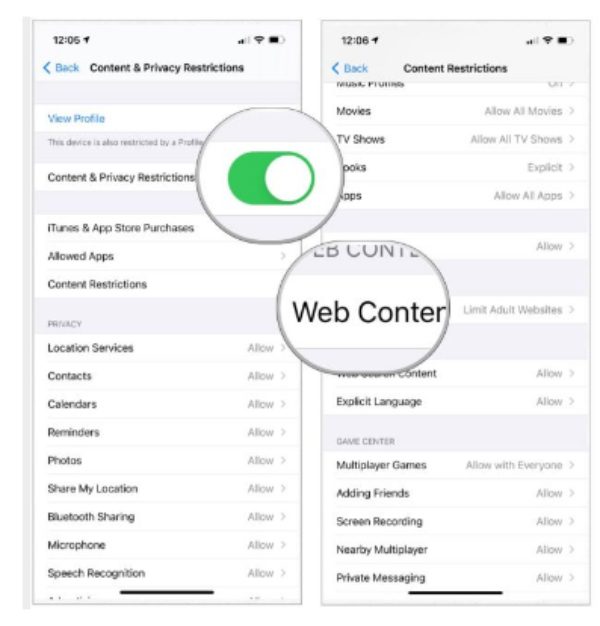


6. Click on “Web Content.”
7. You’ll need to identify only websites you want to be visible by selecting “Allowed Websites.”
8. Now click on “Add Website.”
Add Website
9. Insert the URL and title on websites you need to be visible.
10. Now click back to complete the process.
How to block websites on Safari on Mac?
Mac users must also identify ways to block websites on their kid’s devices. Whether you need to block sites using the screen time feature on Mac or simply limit identified websites, this method is for you. Keep reading to learn how to block websites on Mac using Safari.
How to block sites on Safari on Mac with Screen Time?
The internet becomes a dangerous space for kids if not regulated effectively. That means you must regulate the use by blocking websites that might negatively affect kids. Here are a couple of steps you can implement to block websites effectively kids might use on Mac:
1. On your Mac, select the Apple icon visible in the corner. Tap the “System Preferences” > “Screen Time.”
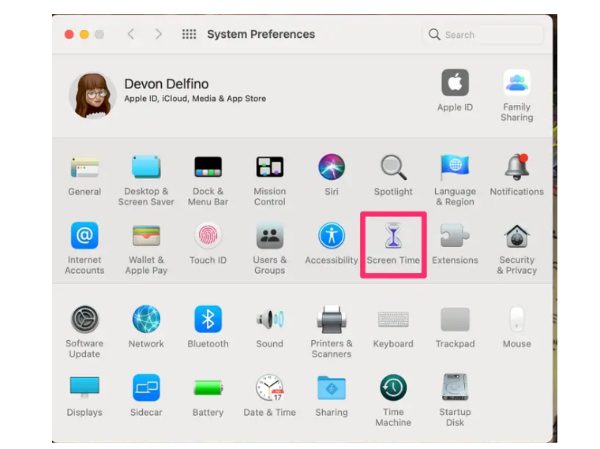


2. Move to the left sidebar and access “Content and Privacy.”
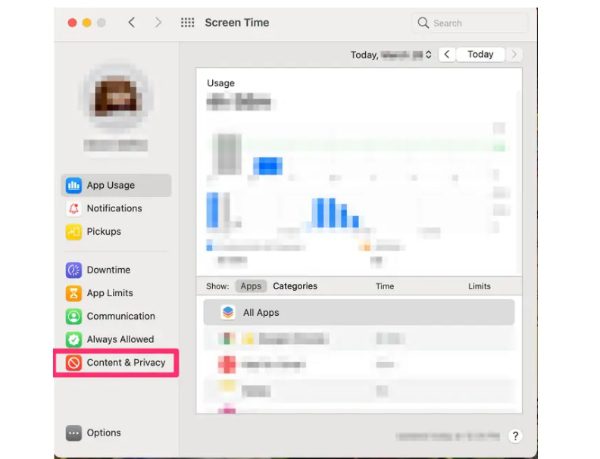


3. On the top right corner of the window, tap “Turn on.”
4. Ensure you select “Limit Adult Website.”



5. Tap on the plus sign available in the “Restricted” section.
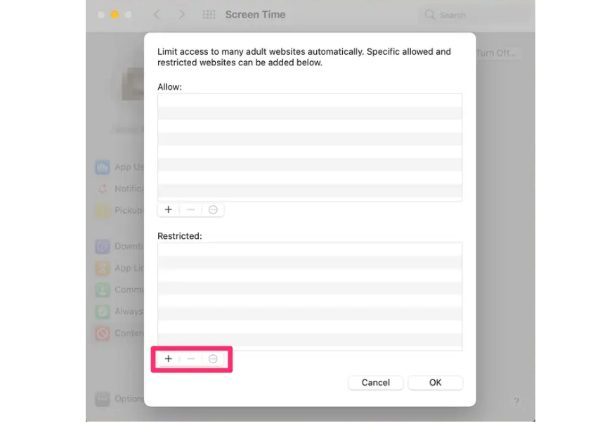


6. Now insert the preferred URL to block.
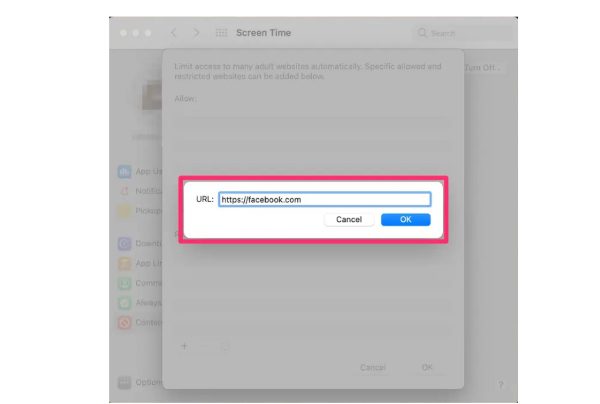


7. Click on “OK” to complete the process.
How to block particular websites on Safari on Mac?
Identifying websites to be blocked on your kid’s device will go a long way to ensure they have a safe online presence. Ideally, you need a method you can implement in a few simple steps. Here are steps to help you block identified websites:
1. System Preference > Screen Time > App limits
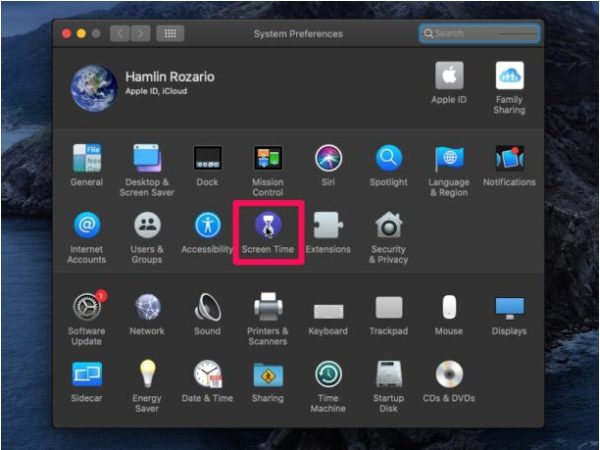


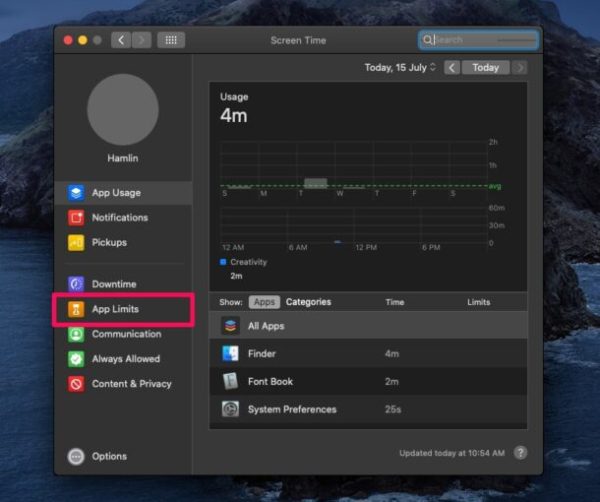


2. On the window’s top right corner, select “Turn on.”
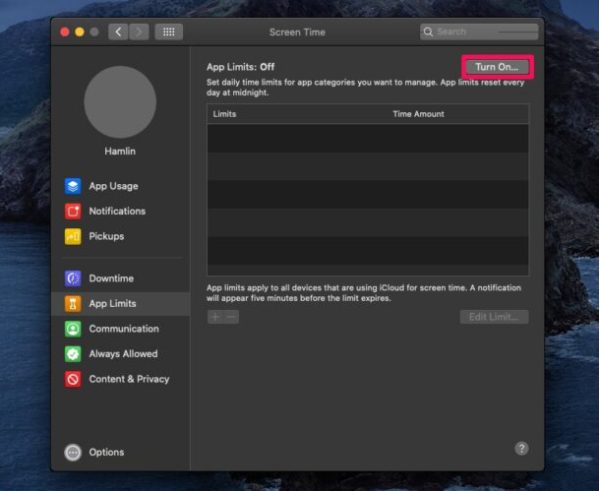


3. From the App limits box, select the visible plus icon.



4. Move to the websites section and access possible websites to block.
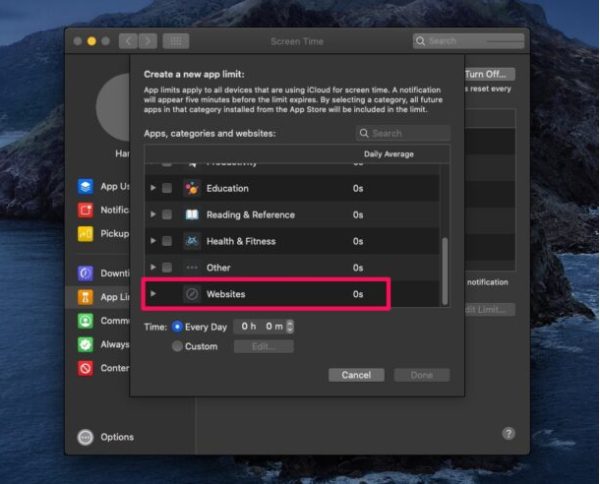


5. Add websites you want to block by typing in the URL. You can also choose the time limit to be on certain websites.
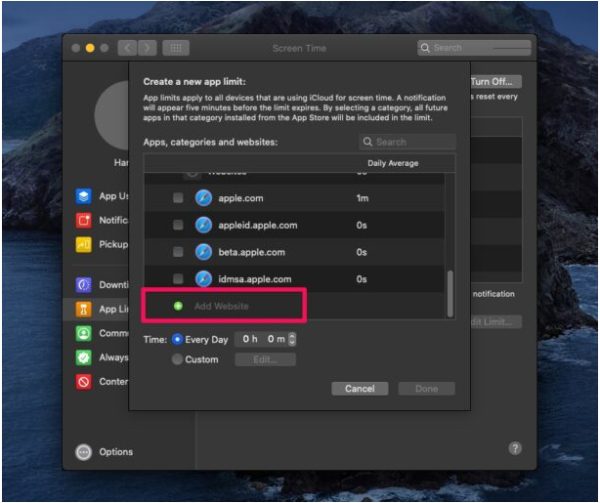


How to block Youtube on Safari?
While Youtube is an excellent resource for accessing creative and educational content, it can also be a massive avenue for destroying kids’ morals. Moreover, spending too much time on Youtube may expose them to inappropriate content, making them less focused on other tasks.
To help you deal with this problem, here are steps to help you block Youtube on Safari:
1. System Preference> Screen time> Content and privacy
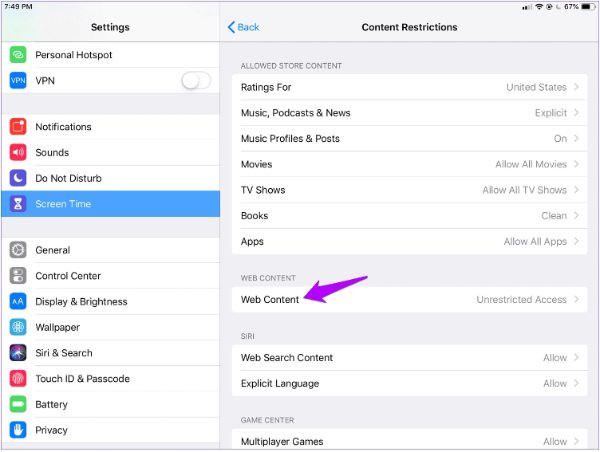


2. Tap on the “Turn On” section.
3. Move to “Limit Adult Website” beside the “Web Content” section.
4. Below “Limit Adult Website,” select “Customize” to access a popup window.
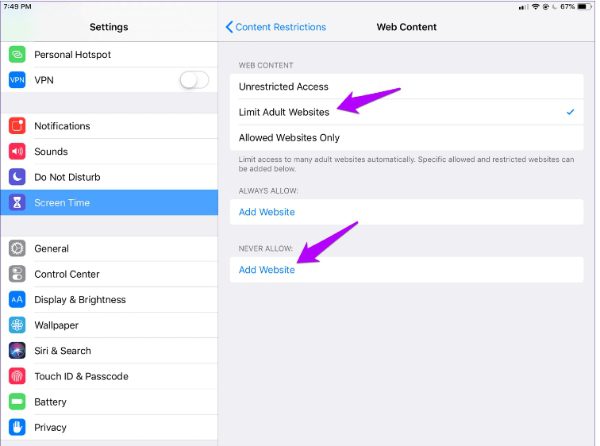


6. Click on the lowest plus sign icon to proceed.
7. Now enter “Youtube.com” to proceed.
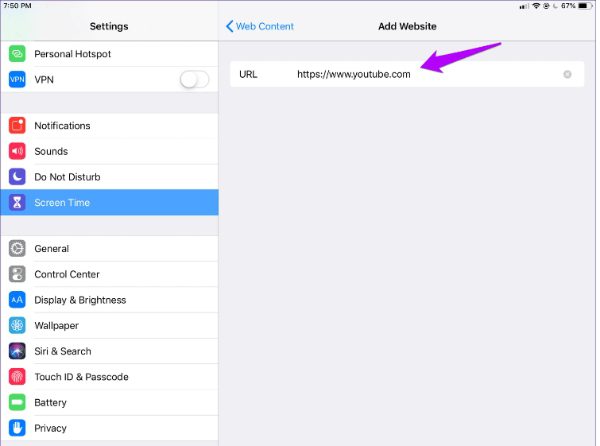


8. Select “OK” to have Youtube below the restricted section.
9. Tap “OK” again to confirm your decision and have Youtube blocked on Safari.
Getting started with FlashGet Kids on iPhone for your kids
If you’re looking for a method with advanced features to ensure kids don’t access certain websites, then FlashGet Kids is the best choice. It offers a more comprehensive restrictive and blocking feature to assist parents. It greatly boosts parental management skills, especially if you’re a busy guardian.
To help you understand what to expect from FlashGet Kids, here are some of its appreciated features you need to know about
1. Monitoring Option
FlashGet Kids offers the best monitoring option if you’re looking for sophisticated parental control help. You can monitor your kid’s Safari history, app notifications, text messages, calls, and real-time location. This helps you effectively monitor your kid’s activities and identify the ones that must be limited.
2. Compatibility
FlashGet Kids offers a great option to use its incredible features on all iOS devices. Whether it’s iPad, and iPhone, you can still monitor and restrict your kid’s digital presence to ensure they’re safe. You can also use it on Android devices and still get the same help in managing youngsters.
3. Real-Time Tracking
Another feature you can enjoy with FlashGet Kids is live location monitoring. It grants you access to your kid’s live location so that you can monitor all their activities. Moreover, it has a geofencing feature that helps you set location boundaries kids should not pass. This is a boost if you currently use iOS inbuilt features that don’t offer this option.
FAQs
How do I block inappropriate websites on my iPhone?
Blocking inappropriate websites depends on the method you implement. If you decide to use iPhone inbuilt features like Safari, you’ll have to access the system preference and then screen time from their move to content privacy and access to the limited adult website. Alternatively, you can use FlashGet Kids, which has comprehensive features to help you block inappropriate websites with a few simple clicks.
How do I permanently block inappropriate content on my iPhone?
If you want to block certain content on your iPhone permanently, you can use the FlashGet Kids app. This app helps you access any content, website, or app on any device. Moreover, it offers an effective monitoring and blocking feature you’ll find helpful. However, you can also use the iPhone’s built-in feature on the settings and system preferences to complete this process.
How do I make Safari private on iPhone 14?
On an iPhone 14, you may turn on “Private Browsing mode” to make Safari private. Launch Safari on your iPhone 14, then hit the tabs symbol in the bottom right corner. To activate Private Browsing, hit the “Private” button in the bottom left corner. Safari won’t keep cookies, remember your browsing history, or use autofill when turned on Private Browsing. To increase privacy, consider turning on the “Prevent Cross-Site Tracking” option in the Safari settings.

